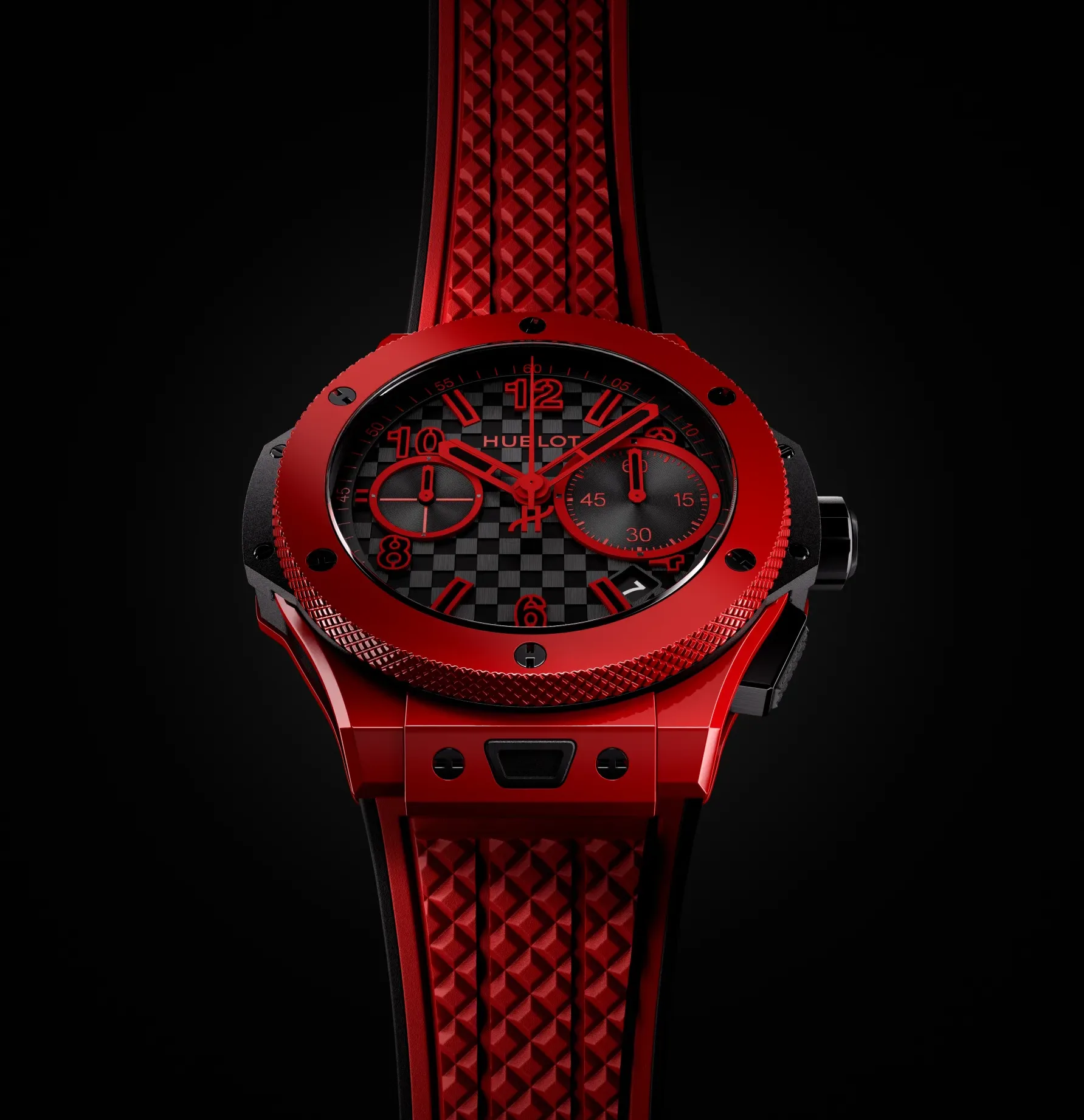Seiko was kind enough to design a 24 mm wide lug width for this watch. For a watch this size, only a 24 mm wide strap could help balance the bulkiness.
The standard bracelet of this watch is just 20 mm (from 24 mm at the lugs, it tapers down quickly to just 20 mm after the end of the second link). To create the semblance of balance, Seiko utilize a simple trick of making the center links bigger with a bulge than the side links. Due to the effect of visual perspective, it appears ‘balanced’ despite the narrower bracelet. Coupled with solid links, the bracelet effectively distribute the weight of the watch rather evenly.
The sawtooth bezel is thick. However, the shroud is able to mask the size of the bezel rather well. Visually, the watch looks more fragile than it is actually is. In fact, quite the opposite. Compared to a Seiko Tuna with a straight wall shroud, the angled shroud of the VaTT gives it even stronger protection.
The use of the push button power reserve indicator is one design feature that I would like to touch upon. If given a choice, I would have opted for a power reserve meter to be included as part of the dial. In the similar way seen in many of Seiko’s Direct Drive Kinetic models. This will eliminate the need to have the small push button crown in the first place (plus all the other design features required to make it workable).

For example, the picture shows a small power reserve indicator on the dial of a Grand Seiko. Why can’t Seiko use this style for the VaTT? As it stands now, to know the power available requires one to first unscrew the button and then push it down. I believe an always-visible-scale would be more useful.
The classic clasp of a Seiko bracelet with the simple diver extension system above it. Simple, practical and safe.
This is the second watch that I own that utilizes the Kinetic movement. With a possible maximum error of up to 15 seconds per month, this watch is by far the most accurate watch compared to any mechanical watch. Despite that level of accuracy, it was very difficult for me to appreciate the technology in a watch. For me, a watch should always be mechanical. This is the soul of a watch.
Nevertheless, from a technology perspective, Seiko has married the best of mechanical and quartz together. Honestly, I can’t find fault there.
In the form of suggestions, I do have a few that Seiko could consider. The first is the possibility of using titanium as a base material apart from stainless steel. Second is to replace the current bracelet with the Seiko Marinemaster bracelet with the more complicated ratcheting diver extension mechanism instead. The third is replacing the push-button power reserve indicator to a always-visible-power-reserve-meter. The fourth and final suggestion is for Seiko to offer other modules of the watch case so that owners can change depending on the requirements. For example, a diver module, a pilot module and one with pure digital screen. All these can be packaged in a nice presentation box which gives owners the option to change depending on the mood. This would be awesome. For more info, please visit seikowatches.com
Pages: 1 2 3 4

Meor Amri Meor Ayob – Contributing Editor
Meor Amri is a passionate watch collector from Malaysia, Kuala Lumpur. Having bitten by the horology bug in 2010, he has written extensively about the watch scene and has assembled a large collection of watches (excessively!!) on his own free time. His blogs on the same subject are: Eastern Watch & Western Watch Read his articles here.



